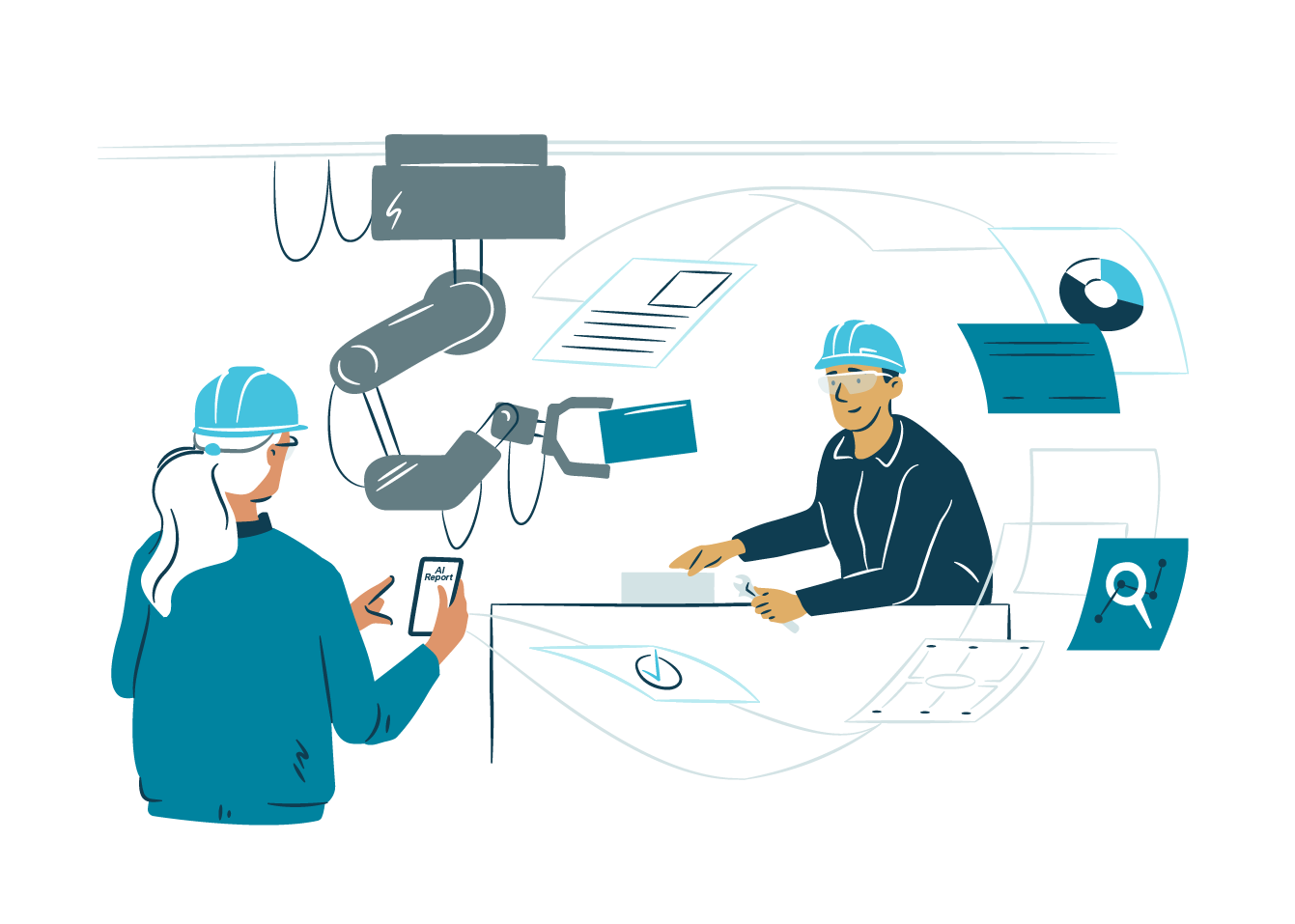Agile workshops help team building and create a deeper understanding of the Agile mindset. A well-organized workshop also gives the opportunity to step out from the normal work routine. There are numerous exercises for general Agile and teamwork topics, but fewer dealing with the project context. This blog post will introduce three simple exercises which can be used in any Agile workshop.
Definition of Done matrix
DoD (Definition of Done) is a crucial part of software quality. It defines conditions that a product must satisfy before it’s ready to launch. DoD also describes the team’s responsibilities towards the organisation. The common mistake is although the DoD has been created, it becomes outdated. The ‘Definition of Done matrix’ exercise is a straightforward method to update the project’s DoD.
The first step is to list the current DoD rules. The team writes down the rules to post-it notes, one rule to one post-it note. In the second step, the team attaches post-it notes to the Definition of Done matrix. The Definition of Done matrix’s four categories are ‘in use and important’; ‘not in use and important’; ‘in use and unnecessary’ and ‘not in use and unnecessary’. See the Definition of Done matrix below.

The Team negotiates together how every post-it note should be stuck to the matrix. After post-it notes are attached, the team creates possible new DoD rules and applies them to the matrix as well. Finally, the team collects all the post-it notes from ‘in use and important’ and ‘not in use and important’ categories and updates the DoD. This exercise outcome is the team’s shared understanding of the quality and an updated version of DoD. The whole practice is linear and does not need much moderation.
A staged interview with the Business Model Canvas
An unclear project vision is often the root cause of vague User Stories or a poorly prioritised product backlog. Typically, the team hears the vision only at the kick-off meeting, where the product owner introduces it. The following exercise turns roles upside-down, so the team take on the responsibility for the product vision.
Firstly, the Product Owner goes to sit in the middle of the room and the team starts asking questions about the product. The goal is to fill out all the elements of the ‘Business Model Canvas’. The Business Model Canvas is a simple tool for visualising the current business plan. The team can also use the ‘Lean Canvas’ template, which focuses more on a product’s early stages.
When the team has successfully filled the whole canvas, they pitch the vision to the product owner. This practice helps the team to understand the project’s goal and objectives. A short introduction of the canvas might be needed in advance.

The Disney Method with the real use case
The Disney method is a popular technique to generate ideas and solve complicated problems. The method helps to look at ideas or problems from different perspectives and includes all these ideas in a final conclusion. The method works well also in software development.
The team select a problem before the exercise. The problem could relate to integrations, deployment, architecture or some other part of software development. In the first stage, the team shares their ideas on how to solve the problem. This stage, there is no room for restrictions or criticism. The second stage, the team thinks in a more logical planning style how to implement the ideas. The last stage, the team provides a constructive critique of the ideas in order to find the weak points and solve them. Finally, the team votes best solutions for the next round. After two or three rounds, there is only one solution left.
As a result, the team reaches a solid creative idea with an action plan to apply it. The team might struggle during the exercise and in that case, guidance is needed.
Not just a free lunch
Agile workshops are not just an opportunity to skip weekly meetings and get free snacks. Workshops bring up themes which are not visible on a daily basis. Occasionally these issues surprise or even push people out of their comfort zone. However, with careful planning, an Agile workshop boosts the team morale and productivity to the next level.
References
Agile Games & Exercises https://www.agilesparks.com/resources/topicsubject-reading-lists/agile-games-and-exercises-list/
Definition of Done http://www.scrumguides.org/scrum-guide.html#artifact-transparency-done
Business Model Canvas https://strategyzer.com/canvas/business-model-canvas
Lean Canvas https://leanstack.com/leancanvas
The Disney Method http://idea-sandbox.com/blog/disney-brainstorming-method-dreamer-realist-and-spoiler/
Further reading from the Gofore Blog
Agile Transformation in Action – Part 1
Agile Transformation in Action – Part 2
What’s the point scaling Agile


